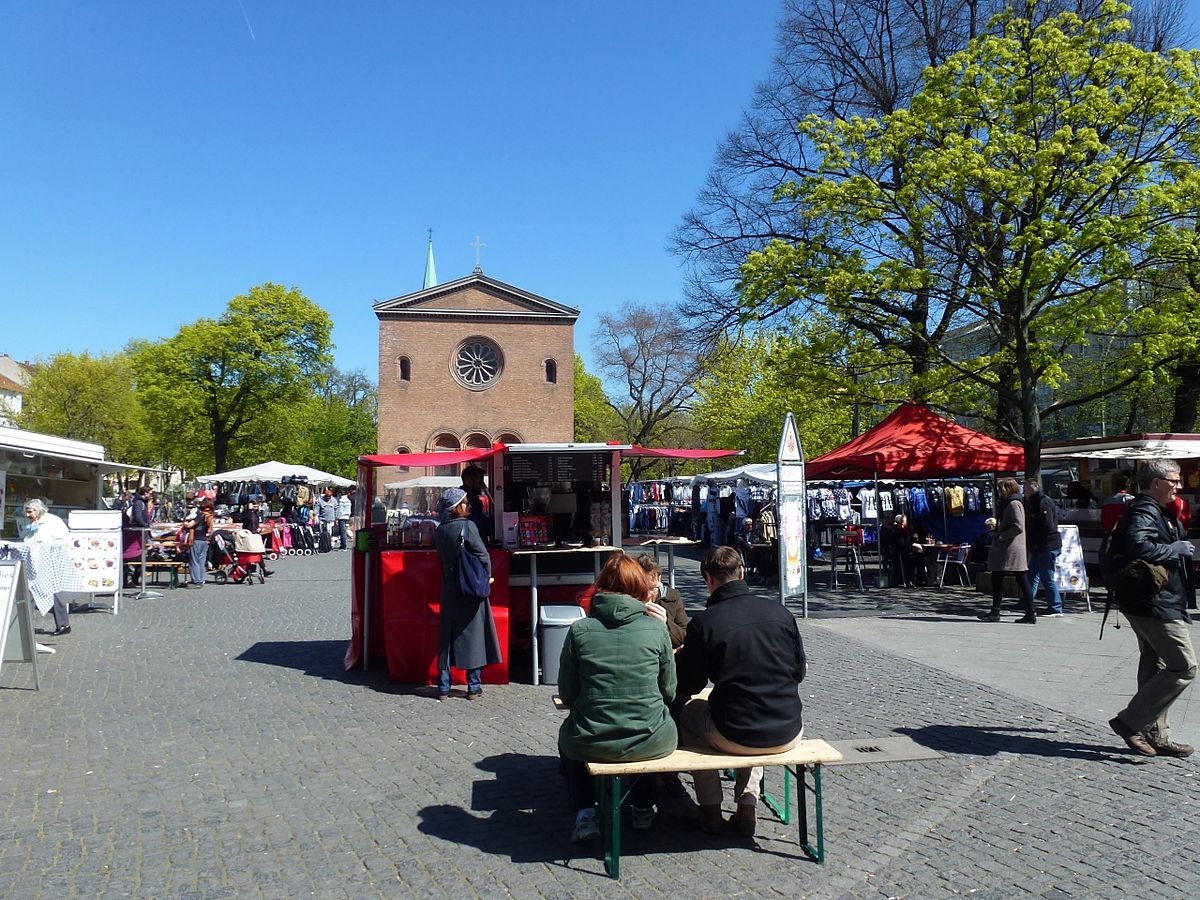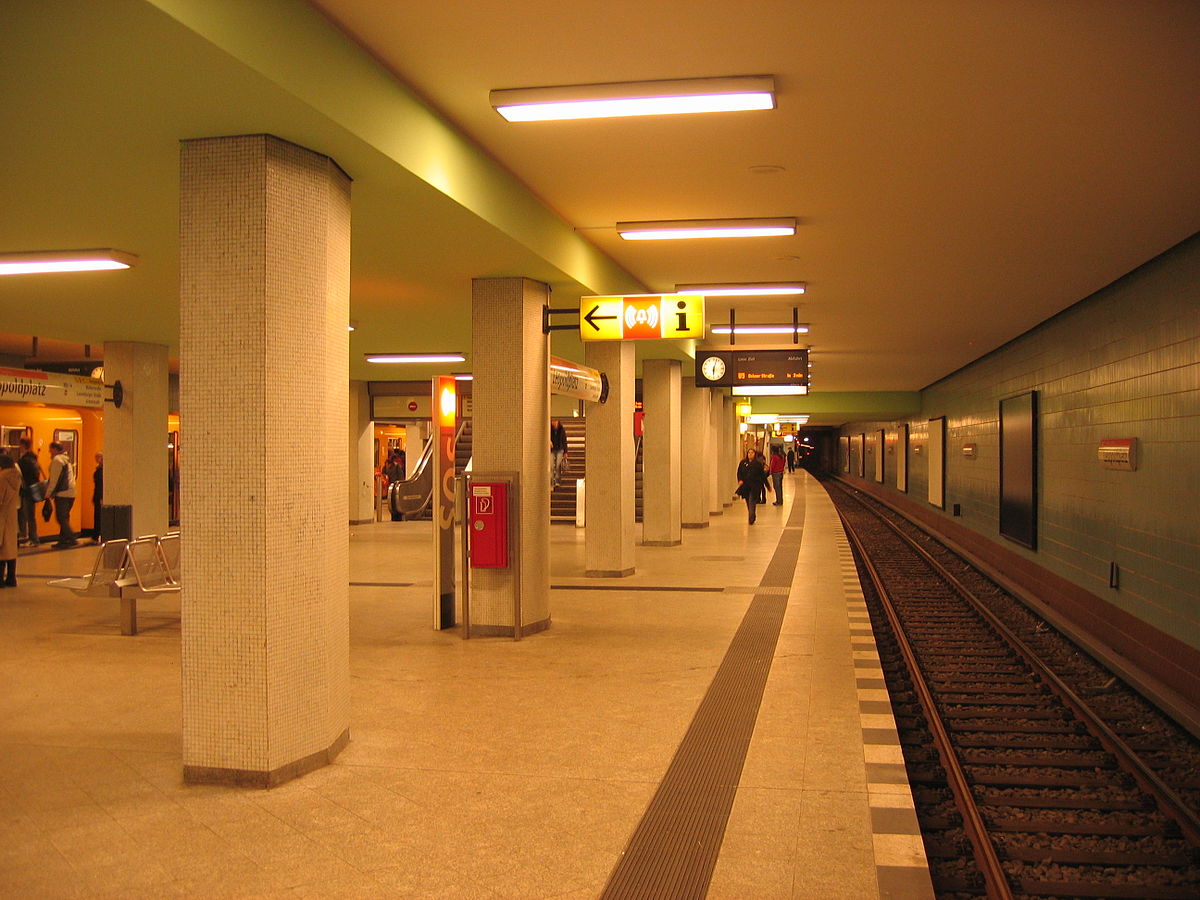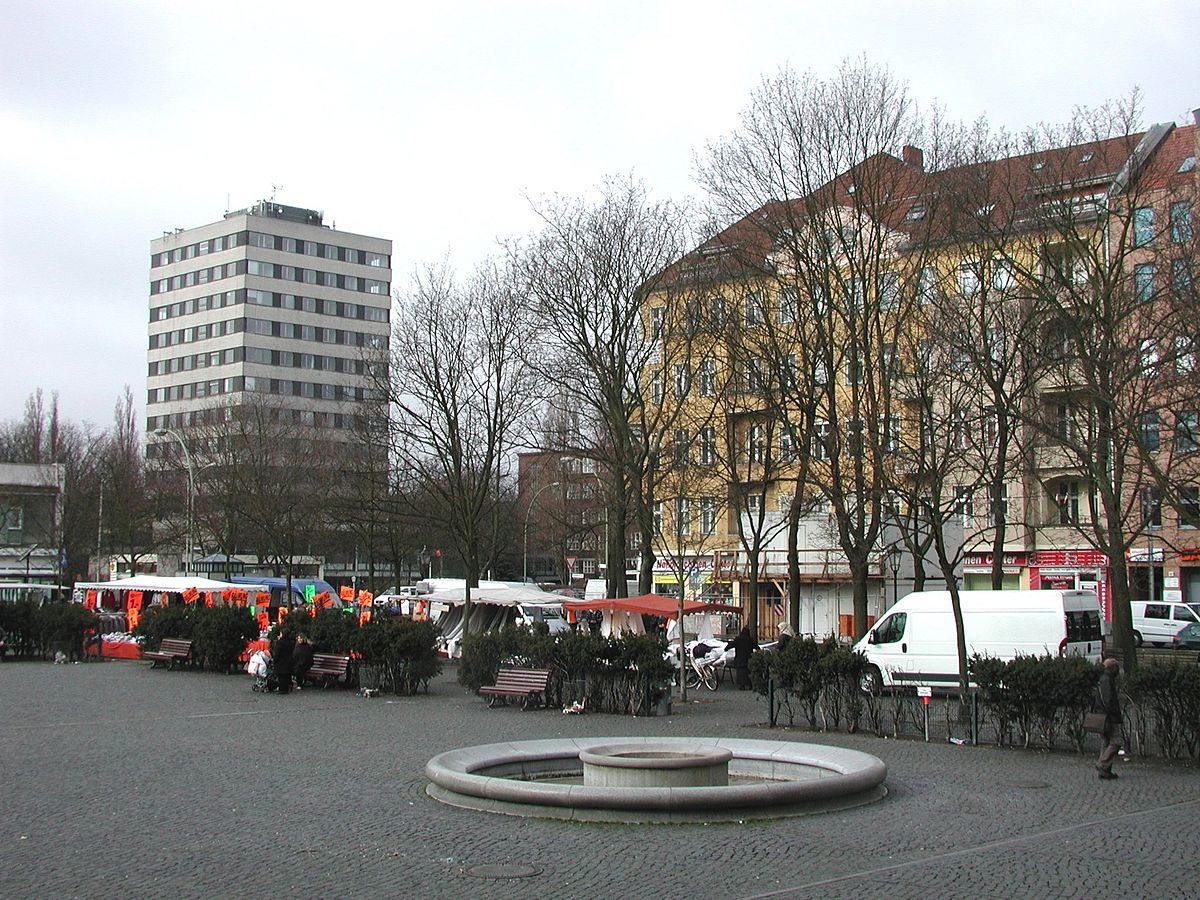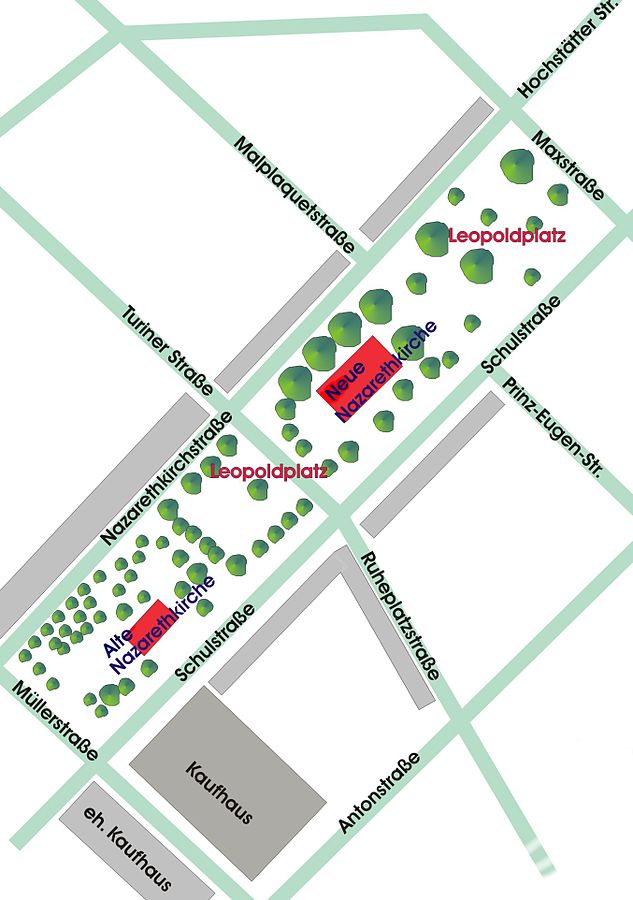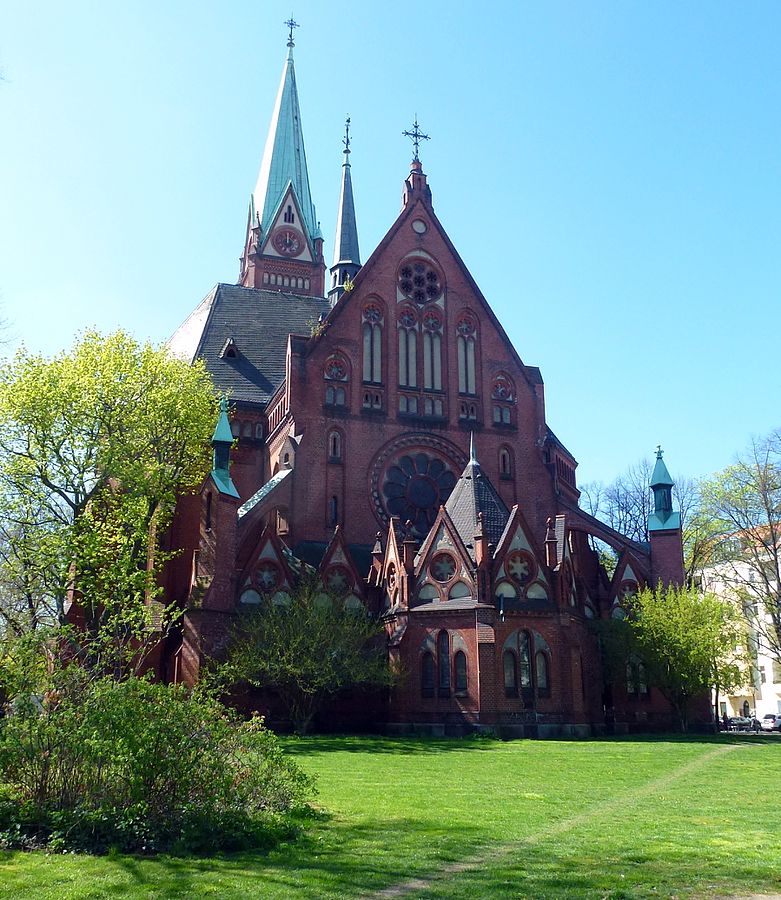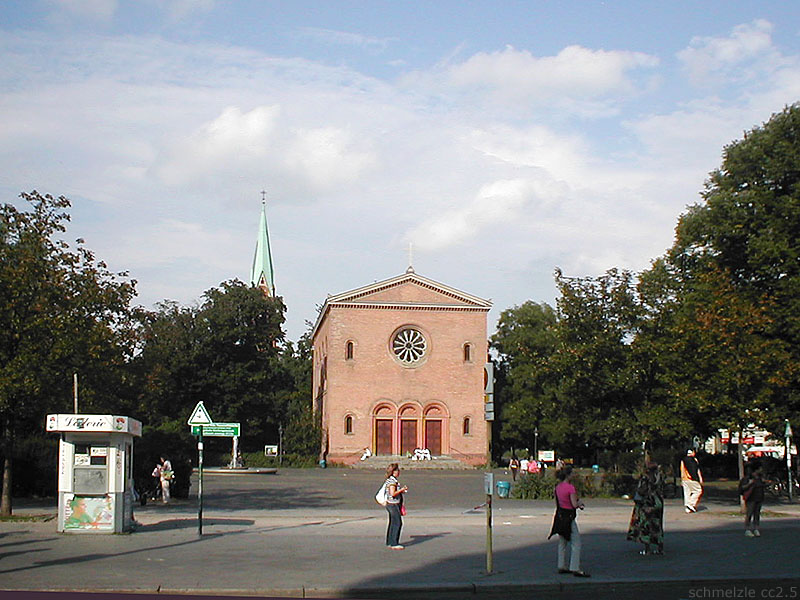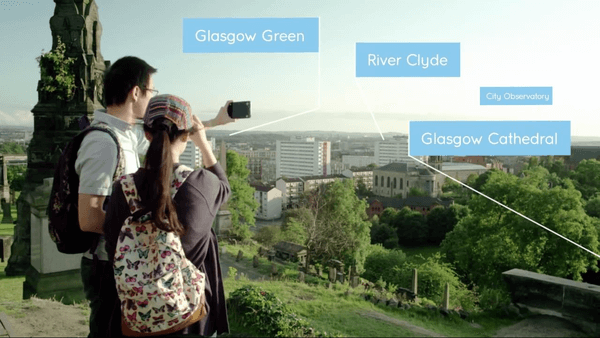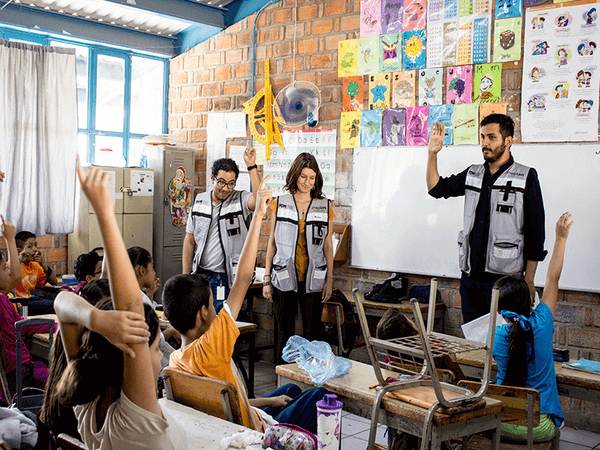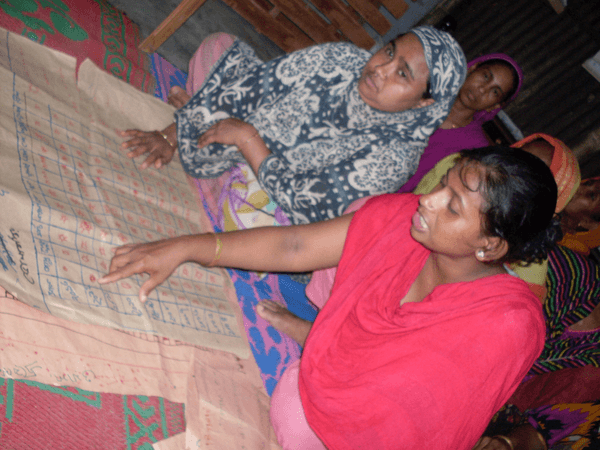City
Berlin
Main actors
Local Government, City Government, NGO / Philanthropy, Community / Citizen Group
Project area
Neighborhood or district
Duration
2010 - 2013
The redesign and reconstruction of the Leopoldplatz Square took place between 2011 and 2013. The aim of the process was to explore solutions to existing conflicts on the square and to jointly find a way in which all space users would feel comfortable at Leopoldplatz without excluding certain groups.
The Leopoldplatz is a square located in Berlin-Wedding, one of the poorest boroughs in Berlin, characterized by high unemployment and a large migrant community. In response to rising levels of conflict that had increased since 2009 / 2010, a petition and a round table discussion moderated by District representatives was organized. Subsequently, a participation process and an integrated action plan were introduced in 2010. The motto of this process, "History meets cultural diversity - Shaping a place for all", reflected the complexity of the issues facing Leopoldplatz.
The action plan included a structural redesign of Leopoldplatz Square and the organization of many different events involving volunteer workers, such as a Christmas market, the “Fête de la Musique” or Iftar-dinners. The goal was to organize the co-existence of different user groups and not to exclude any of them. Safety, or the perception of safety, could also be improved through cooperation with the borough’s administration and the police. The establishment of a space management team, “Team Leo”, providing mediation services helped to resolve existing conflicts.
External links / documents
On Map
The Map will be displayed after accepting cookie policy
